In the landscape of education in Arizona, a significant shift is unfolding. With the recent release of insightful data by the Arizona Department of Education, the public can see the evolving patterns of education freedom among Arizona’s families, heralding a transition in how education is perceived and pursued.
During the 2021-22 school year, a staggering number of more than 300,000 kids—approximately one-third of all Arizona students—chose to attend a school outside their residential district. This decision by a substantial portion of the student population signals a paradigm shift. Education, traditionally viewed as a static government service, is increasingly being seen in the context of a vibrant and diverse array of options.
Families are taking their power back.
This ecosystem is driven by families’ desire to find the best fit for their kids’ individual needs. Over 200,000 students enrolled in charter schools underscore the growing appeal of alternatives to traditional public education. The allure of charter schools isn’t confined to a specific demographic or region; it’s a statewide phenomenon, with every large school district witnessing some of its residents opting for these institutions.
The trend isn’t limited to charter schools. Around 100,000 students chose traditional district schools in neighboring districts, highlighting a broader pattern of mobility and choice. This flexibility in school selection empowers families to actively seek options that best fit their children’s needs, instead of passively receiving a government-assigned service.
Moreover, the data reveal an almost universal permeability of district boundaries. A staggering 97% of all district schools served at least one out-of-boundary student, and 99% of the students attending a district school did so alongside peers from outside their district. These statistics underscore a significant blurring of traditional geographical constraints in education.
This shift has profound implications for the state’s education policy and budgeting. With the ongoing conversations about the state budget shortfall, understanding how policy decisions will impact K-12 education becomes crucial. The open enrollment data not only informs these discussions but also challenges the traditional notions of how education is delivered and accessed.
The multitude of Arizona families meeting their kids’ needs through open enrollment is more than just a number; it is a testament to a changing ethos in education. This shift demands a reevaluation of policies and an adaptation to the evolving needs and preferences of Arizona’s families, ensuring that education not only keeps pace but thrives in this new landscape.
